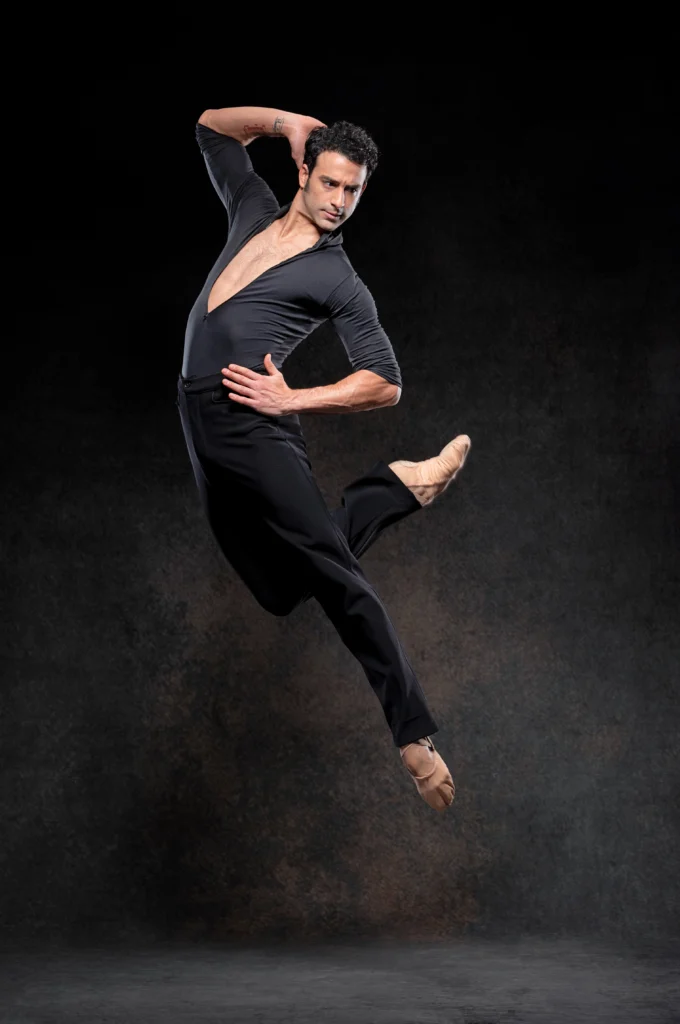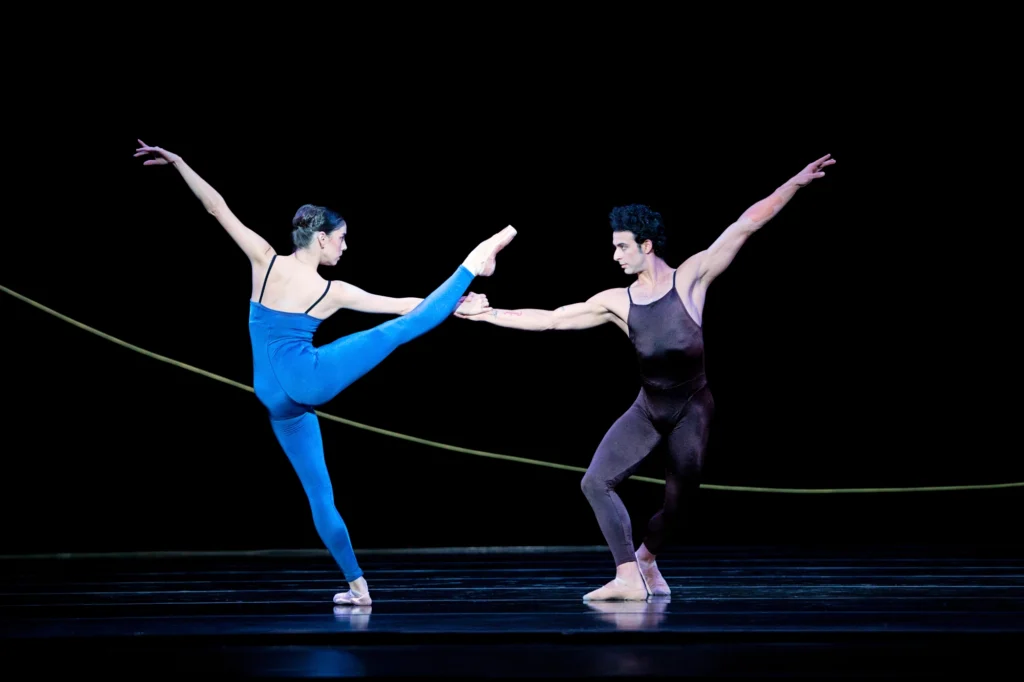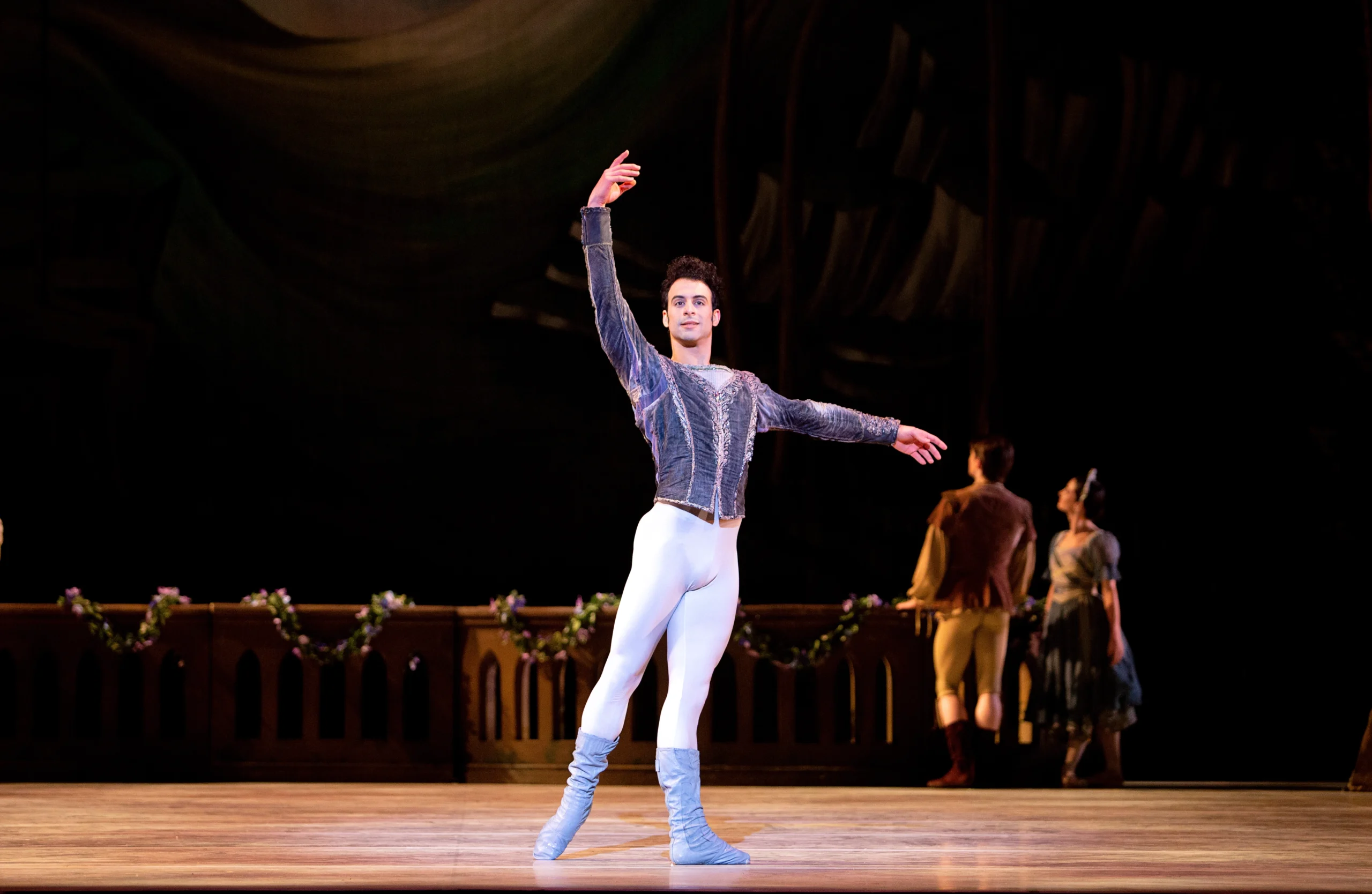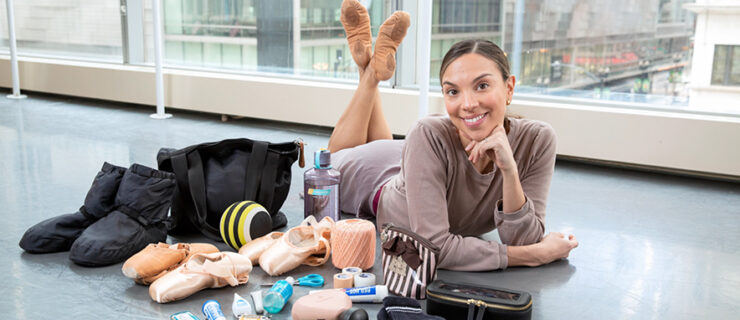When Not Performing Onstage, Philadelphia Ballet’s Arian Molina Soca Captures Life Backstage
Originally from Matanzas, Cuba, Philadelphia Ballet principal Arian Molina Soca has set himself apart in both classical and neoclassical works onstage—and his camera work offstage.
You moved here from Cuba in 2015 with your then-girlfriend, now-wife, fellow Philadelphia Ballet principal Dayesi Torriente. How was the transition moving to the U.S.?
It was hard—we didn’t have any idea how this world worked and we didn’t speak any English. You come into a place where you don’t speak the language and you need relations with people—you want to be a part of the family within the company. The language was the biggest part—it’s the only way to learn anything more.
What are some of your favorite roles or ballets over the years?

I like to do it all, although we do a lot of classics, so maybe I feel stronger in them. I love Albrecht from Giselle, Siegfried from Swan Lake, and I’m really excited about starting our season with [artistic director] Angel Corella’s Carmen. With neoclassical works, I love dancing any piece by William Forsythe—I like his style—and David Dawson is good. We are also working with Juliano Nunes, and it’s such a different way to move.
What do you enjoy more: performing or being in the studio?
Definitely performing. The process in the beginning, especially with neoclassical works, is so hard. You’re working for six hours every day, and you’re tired on top of tired. But then, when I get to the stage for the first dress rehearsal and there are lights and costumes, I’m just so excited.
Are you more or less relaxed when you get to the stage?
I’m more relaxed in the show. I’m not that guy going into that day all nervous—if I’m nervous, and my partner is nervous, and some step fails, it’s going to fall apart. I push a lot in the studio because I want to know where the top is; then when I move to the stage, I am able to stay calm.
You’re also a photographer. What initially got you into photography?
I bought my camera in 2016. I started by taking photos of my girlfriend, now wife. I liked how the photos were going because, well, she’s beautiful. Eventually, when I started taking a few photos of the company members, I sent some photos to a dancer and they liked it. Angel liked it too and said, “Why can’t you take photos for the company, then?” It grew from there.
What’s your favorite thing to photograph?
I love backstage. I like that you can see how the dancers prepare, how focused they are, and how when they get onstage they are something completely different. Obviously, in the theater, everything is so beautiful—with more light, and with the costumes and the makeup. I like the studio though, too, because you can capture the whole process. There the dancers are tired, and it’s not always a pretty position, but I want the process, from beginning to end.

What advice would you have for students wanting to be professional dancers?
If you love it, push. If you work hard in the beginning, then the process, where you have 10 more years, comes easier.
What role taught you the most about yourself as a dancer?
All of them. Everything is hard. Maybe Swan Lake—I’ve done it a lot, and I know when the best time is to breathe or what to expect from my body in the solo. While that helps, really everything is hard.
What’s your favorite thing to cook?
My wife is the master chef. Everything she makes—the flavor! She’s very good.
Do you have any must-have items when you travel/tour?
Always my camera. My camera goes with me everywhere—it’s part of my body.
To whom or to what would you attribute your success?
My wife. We support each other together. It’s just me and her—there’s no other person.






